What if you could lower your cancer risk with simple lifestyle changes? Cancer is a complex disease that affects millions worldwide. It’s a leading cause of death, but good news is that half of cancers can be prevented. This includes quitting smoking, eating healthy, and exercising regularly.
Cancer research has advanced, and awareness is growing. Yet, there’s still much to learn. With over 200 types of cancer, understanding symptoms, causes, and treatments is crucial. Regular exercise can cut cancer risk by 20-30%, especially for breast and colon cancer.
Key Takeaways
- Cancer is the second-leading cause of death globally, with most people diagnosed being aged 65 or older.
- Approximately 50% of cancers are preventable through lifestyle changes, including smoking cessation and healthy dietary choices.
- Regular exercise can reduce the risk of several cancers, including breast and colon cancer.
- Limiting processed meat intake can lower colorectal cancer risk.
- Early detection and diagnosis are crucial in improving cancer survival rates, emphasizing the need for increased cancer awareness and research.
- Cancer treatment and care options are available, and pain management is effective in about 80% of patients, making it essential to explore these options with a healthcare professional.
- Cancer symptoms can vary, and unexplained weight loss, pain, or bleeding can be red flags for the disease, highlighting the importance of timely intervention.
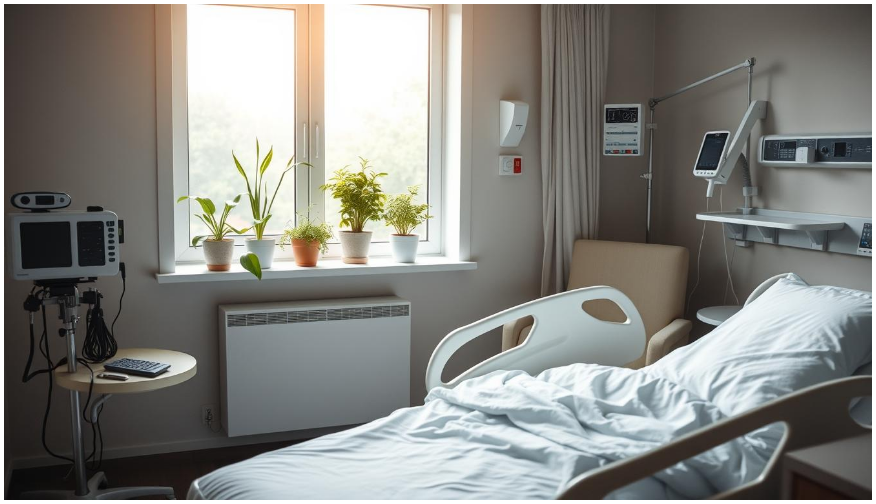
Understanding Cancer: Basic Concepts and Definitions
Cancer is a complex disease that can start in any of the trillions of cells in our bodies. It happens when the DNA in cells changes, leading to uncontrolled growth and division. This can cause the formation of malignant tumors that can spread and grow in other parts of the body.
Metastasis is when cancer cells break away and form new tumors elsewhere. This can happen through the blood or lymphatic system. Carcinoma, a common type of cancer, starts in epithelial cells. Tumor suppressor genes help control cell growth and prevent cancer.
What Defines Cancer
Cancer is known for its ability to grow and spread without control. It invades nearby tissues and can spread to distant sites. This is different from normal cells, which only grow when needed and don’t invade other tissues.
How Cancer Develops
Cancer starts with genetic changes that disrupt normal cell growth. These changes can come from environmental factors or genetic predisposition. As we age, our body’s ability to get rid of damaged cells decreases, making older people more at risk for cancer.
The Role of Cell Division
Cell division is key in cancer development. Cancer cells can grow without control, forming malignant tumors. Understanding how cell division contributes to cancer is vital for finding effective treatments.
| Cancer Type | Description |
|---|---|
| Carcinoma | A type of cancer that originates in epithelial cells |
| Sarcoma | A type of cancer that originates in connective tissue |
| Leukemia | A type of cancer that originates in blood cells |
Common Types of Cancer Today
Cancer is a term that covers many cancer types, each with its own traits and symptoms of cancer. Common cancers include breast, lung, colon, and skin cancer. It’s key to know about cancer awareness and the risks and signs of each type.
Recent stats show there are about 313,510 new breast cancer cases in 2024, with a survival rate of 91.1%. Lung and bronchus cancer has around 234,580 new cases, with a death rate of 32.4%. These numbers stress the need for cancer awareness and early detection to boost survival chances.
The table below gives a quick look at the estimated new cases and deaths for different cancer types in 2024:
| Cancer Type | Estimated New Cases | Estimated Deaths |
|---|---|---|
| Breast Cancer | 313,510 | 42,780 |
| Lung and Bronchus Cancer | 234,580 | 125,070 |
| Colon and Rectum Cancer | 152,810 | 53,010 |
| Melanoma of the Skin | 100,640 | 8,290 |
Knowing the different cancer types and their symptoms of cancer is vital for early detection and treatment. By boosting cancer awareness and encouraging prevention, we can lower malignant tumors and better health outcomes.
Early Warning Signs and Symptoms
It’s important to know the early signs of cancer for quick cancer diagnosis and treatment. Cancer awareness helps spot these signs, which differ by cancer type. Common signs include unexplained weight loss, feeling very tired, and skin changes.
Getting regular cancer testing and check-ups is key for catching cancer early. The American Cancer Society suggests regular screenings for some cancers. Noticing body changes and telling your doctor can lead to early cancer diagnosis and treatment, boosting survival chances.
Physical Symptoms
- Unexplained weight loss or gain
- Fatigue or extreme tiredness
- Skin changes, such as new moles or changes in existing ones
- Persistent pain without a known cause
Systemic Symptoms
Systemic symptoms include fever, night sweats, and recurring infections. These might mean your immune system is fighting cancer. It’s vital to watch for these signs and see a doctor if they don’t go away.
When to See a Doctor
If you notice unusual or lasting body changes, see a doctor. Early detection and treatment can greatly improve cancer outcomes. By knowing the early signs and taking steps towards cancer awareness and cancer testing, you can help keep yourself healthy.
| Symptom | Possible Indicator |
|---|---|
| Unexplained weight loss | Cancer, particularly in its advanced stages |
| Persistent fatigue | Cancer, affecting the body’s nutrient levels and energy |
| Skin changes | Skin cancer or other types of cancer that cause skin manifestations |
Risk Factors and Primary Causes
Cancer is a complex disease with many risk factors and causes. Knowing these is key for cancer prevention and early detection. Tobacco use, alcohol, and environmental exposures are big risk factors. For example, tobacco causes nearly 20% of cancer deaths in the U.S.
Other factors include genetic mutations, infectious agents, and chronic inflammation. A healthy lifestyle, like a balanced diet and exercise, can lower cancer risk. It’s also crucial to know how to reduce cancer risk, like avoiding too much sun and getting virus vaccines.
- Approximately 77% of all cancers are diagnosed in individuals aged 55 and older.
- Regular consumption of alcoholic beverages increases the risk of certain cancers.
- Chronic inflammation is linked to at least 20% of all cancers.
By understanding these risk factors and taking steps to reduce them, individuals can lower their cancer risk. It’s also important to know the primary causes of cancer and take a proactive approach to cancer prevention.
| Risk Factor | Description |
|---|---|
| Tobacco use | Responsible for nearly 20% of all cancer deaths in the United States |
| Alcohol consumption | Increases the risk of certain cancers, such as liver and breast cancer |
| Environmental exposures | Can increase the risk of cancer, particularly for individuals with a family history of the disease |
Cancer Diagnosis and Testing Methods
Cancer diagnosis uses many tests. These include screening tests, diagnostic procedures, and lab tests. Screening tests find possible cancer cases. Diagnostic procedures give more detailed info about the disease.
Some common tests are:
- Complete Blood Count (CBC) to diagnose leukemias
- Cytogenetic analysis to identify changes in chromosomes
- Immunophenotyping to diagnose and monitor blood cancers
- Liquid biopsies to detect cancer cells or DNA in the blood
Imaging tests like X-rays, CT scans, and PET scans are key. They help find cancer cells and know the disease stage.
After finding cancer, treatments like chemotherapy, surgery, or radiation may be options. The right treatment depends on the cancer type, stage, and the patient’s health. Knowing about diagnosis and treatment helps patients make informed choices.
| Diagnostic Test | Description |
|---|---|
| Biopsy | A procedure to collect tissue or cells for examination |
| Imaging Tests | Tests that use X-rays, CT scans, or PET scans to create images of the body |
| Laboratory Tests | Tests that analyze blood, urine, or tissue samples for abnormal cells or substances |
Traditional Treatment Approaches
Cancer treatment varies based on the disease type and stage, and the patient’s health. Most people with cancer get a mix of treatments like surgery, chemotherapy, and radiation therapy. These methods are key in cancer care and are often paired with other therapies.
Chemotherapy uses drugs to kill cancer cells. Radiation therapy targets cancer cells with high doses of radiation. Both can help a lot, but they can also cause side effects that differ from person to person.
Hormone therapy is another traditional approach. It’s good for slowing or stopping hormone-sensitive cancers like breast and prostate cancers. Surgery is also common, with success rates that depend on the cancer type and stage. These traditional methods are often used together with other therapies for complete cancer care.
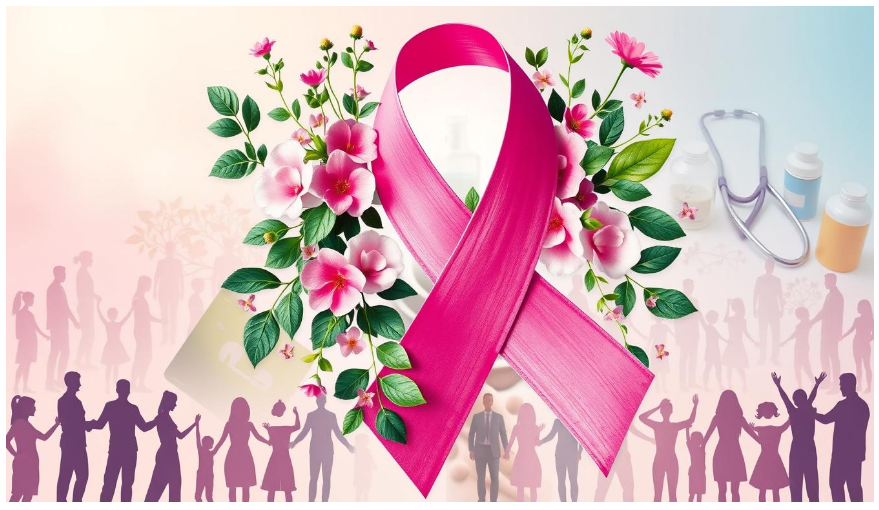
| Treatment Approach | Description |
|---|---|
| Surgery | Removal of cancerous tissue or tumors |
| Chemotherapy | Use of drugs to kill cancer cells |
| Radiation Therapy | Use of high doses of radiation to target cancer cells |
Modern Cancer Therapies and Innovations
New treatments for cancer are being developed. These include immunotherapy and radiation therapy. They show great promise in fighting cancer and helping patients.
Immunotherapy uses the body’s immune system to fight cancer. It has been successful in treating cancers like melanoma and lung cancer.
Immunotherapy Breakthroughs
Immunotherapy has changed cancer treatment. It offers hope to those with cancer. It works well against cancers like melanoma and lung cancer.
Immunotherapy targets cancer cells without harming healthy ones. It can also work better when used with other treatments, like radiation therapy.
Targeted Therapies
Targeted therapies are another innovation. They aim to treat cancer more precisely. These therapies use drugs to target cancer growth.
Targeted therapies are safer for healthy cells. They have improved treatment results. They work well against cancers like breast and colon cancer.
| Therapy | Description | Benefits |
|---|---|---|
| Immunotherapy | Harnesses the power of the immune system to fight cancer | Effective in treating a range of cancers, including melanoma and lung cancer |
| Targeted Therapies | Use drugs or other substances to target specific molecules involved in cancer growth and progression | Reduce the risk of harm to healthy cells, while also improving treatment outcomes |
| Radiation Therapy | Use high-energy rays to kill cancer cells | Effective in treating a range of cancers, including breast cancer and prostate cancer |
In conclusion, new cancer treatments offer hope. Immunotherapy, targeted therapies, and radiation therapy are some of the latest innovations. They are being developed to fight cancer more effectively.
Living with Cancer: Day-to-Day Management
Living with cancer means dealing with medical treatment, emotional support, and lifestyle changes. Cancer support and resources are key in facing cancer’s challenges. Studies show that 30% of cancer patients feel better when they stick to a daily routine.
Cancer care is not just about treating the disease. It also involves emotional and psychological support. Mindfulness, meditation, and therapy can help. Regular exercise and a healthy diet also play a big role in managing symptoms and improving well-being.
Coping Strategies
- Setting personal goals and priorities
- Practicing stress-reducing techniques, such as deep breathing or yoga
- Connecting with friends and family for emotional support
Support groups and online forums offer a sense of community for those living with cancer. By using these resources and making lifestyle changes, individuals can manage their cancer care better. This helps improve their quality of life.
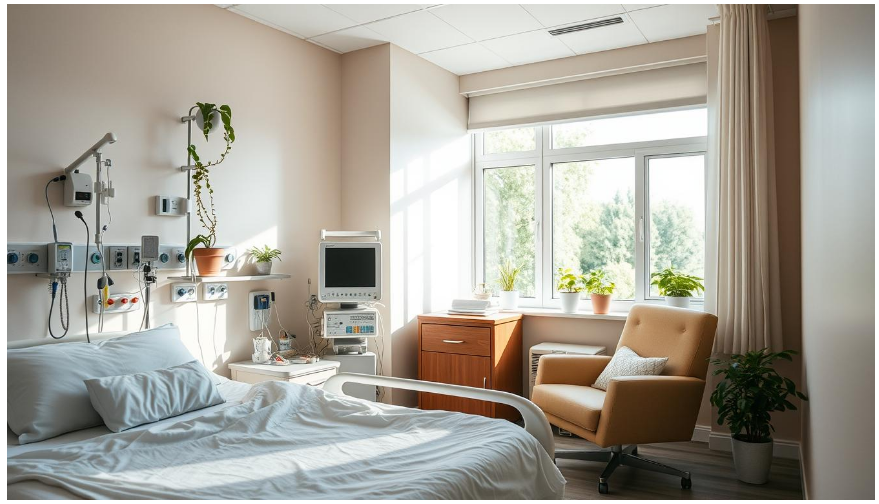
Prevention and Risk Reduction
Keeping healthy is key to avoiding cancer. Knowing what causes cancer helps us take steps to lower our risk. Cancer awareness is vital for spotting symptoms of cancer early. This can greatly help with treatment.
Quitting smoking is a big step towards reducing cancer risk. Smoking is linked to many cancers, like lung, mouth, throat, and bladder cancer. Eating well, like the Mediterranean diet, can also help lower cancer risk, especially for breast cancer. Staying active, aiming for 150 minutes of moderate exercise a week, can help prevent breast and colon cancer.
Other ways to prevent cancer include avoiding too much sun, getting vaccinated against hepatitis B and HPV, and drinking less alcohol. The CDC says cancer risk reduction comes from these lifestyle changes and regular screenings. Knowing the risks and taking action can lower our chance of getting cancer and boost our health.
- Quit smoking to reduce the risk of lung, mouth, throat, and bladder cancer
- Maintain a healthy diet, such as the Mediterranean diet, to lower the risk of breast cancer
- Engage in regular physical activity to reduce the risk of breast and colon cancer
- Avoid excessive UV exposure to reduce the risk of skin cancer
- Get vaccinated against hepatitis B and HPV to reduce the risk of liver and cervical cancer
By adding these cancer prevention habits to our daily lives, we can greatly lower our cancer risk. Cancer awareness and cancer risk reduction are crucial for staying healthy. Together, we can fight cancer and improve treatment results.
Supporting Someone with Cancer
When a loved one gets a cancer diagnosis, it’s hard to know how to help. Emotional support is key to helping them deal with the news and treatment. Studies show that about 70% of cancer patients find talking about their feelings helps manage stress.
It’s also important to offer practical assistance. This can mean helping with everyday tasks like shopping or cooking. Around 45% of caregivers feel they’re not ready to help with these tasks, showing the need for clear communication about what’s needed.
Emotional Support Guidelines
Here are some ways to offer emotional support:
- Listen to their worries and feelings
- Encourage them to share their emotions
- Make sure to validate their experiences and feelings
Also, cancer resources like support groups and online forums can offer a sense of community. The National Institute for Health and Care Excellence (NICE) found that at least 50% of cancer patients feel a range of emotions, including anger, sadness, and fear.
Practical Assistance Tips
Here are some practical ways to help someone with cancer:
- Help with household chores
- Prepare meals or snacks
- Drive them to appointments
By offering emotional support and practical help, we can make a big difference in their lives. This improves their quality of life and enhances their cancer care experience.
Conclusion: Moving Forward with Hope and Understanding
Cancer is a complex disease that needs a wide range of treatments and care. The journey ahead may seem tough, but there’s always hope for a positive outcome. By spreading cancer awareness and offering educational resources, we help people take charge of their cancer care. This also supports those touched by this serious condition.
In this guide, we’ve looked at many cancer resources, from new therapies to emotional cancer support systems. These resources are key in dealing with the challenges of a cancer diagnosis. By staying informed and connected, patients and their families can find the courage to fight this battle.
Every person’s fight against cancer is different. It’s crucial to treat each case with kindness, understanding, and a dedication to the best care. With ongoing research, innovation, and a shared goal to make a difference, we can aim for a future where cancer is better understood and managed. This will bring hope and healing to everyone affected.
FAQ
What defines cancer?
Cancer is a disease where cells grow out of control. These abnormal cells can harm and destroy healthy body tissue.
How does cancer develop?
Cancer starts when cell growth and division go wrong. This can cause tumors to form and spread to other parts of the body.
What are the most common types of cancer?
Common cancers include breast, lung, colon, and skin cancer. Each type has its own signs and symptoms.
What are the early warning signs and symptoms of cancer?
Early signs of cancer include lumps or skin changes. You might also feel tired or lose weight without trying. Seeing a doctor for these signs is important.
What are the primary risk factors and causes of cancer?
Cancer can be caused by genetics and the environment. Smoking, chemical exposure, and family history are risk factors. Knowing these helps prevent and detect cancer early.
How is cancer diagnosed?
Doctors use tests like scans and biopsies to find cancer. These help figure out the cancer type and stage.
What are the traditional treatment approaches for cancer?
Traditional treatments are surgery, chemotherapy, and radiation. These methods work together to kill cancer cells while protecting healthy tissue.
What are the latest innovations in cancer therapy?
New treatments include immunotherapy and targeted therapies. These use the body’s immune system to fight cancer.
How can someone living with cancer manage their day-to-day life?
Living with cancer means using coping strategies and making lifestyle changes. Support systems are also key to managing the disease’s challenges.
What are the best ways to prevent cancer and reduce the risk?
Preventing cancer means quitting smoking, eating well, and exercising. Knowing risk factors and getting screened can also help.
How can I support someone with cancer?
Supporting someone with cancer means being there emotionally and practically. This includes listening, helping with tasks, and advocating for their needs.
Information sources
Click here to learn more about this topic in a related article.

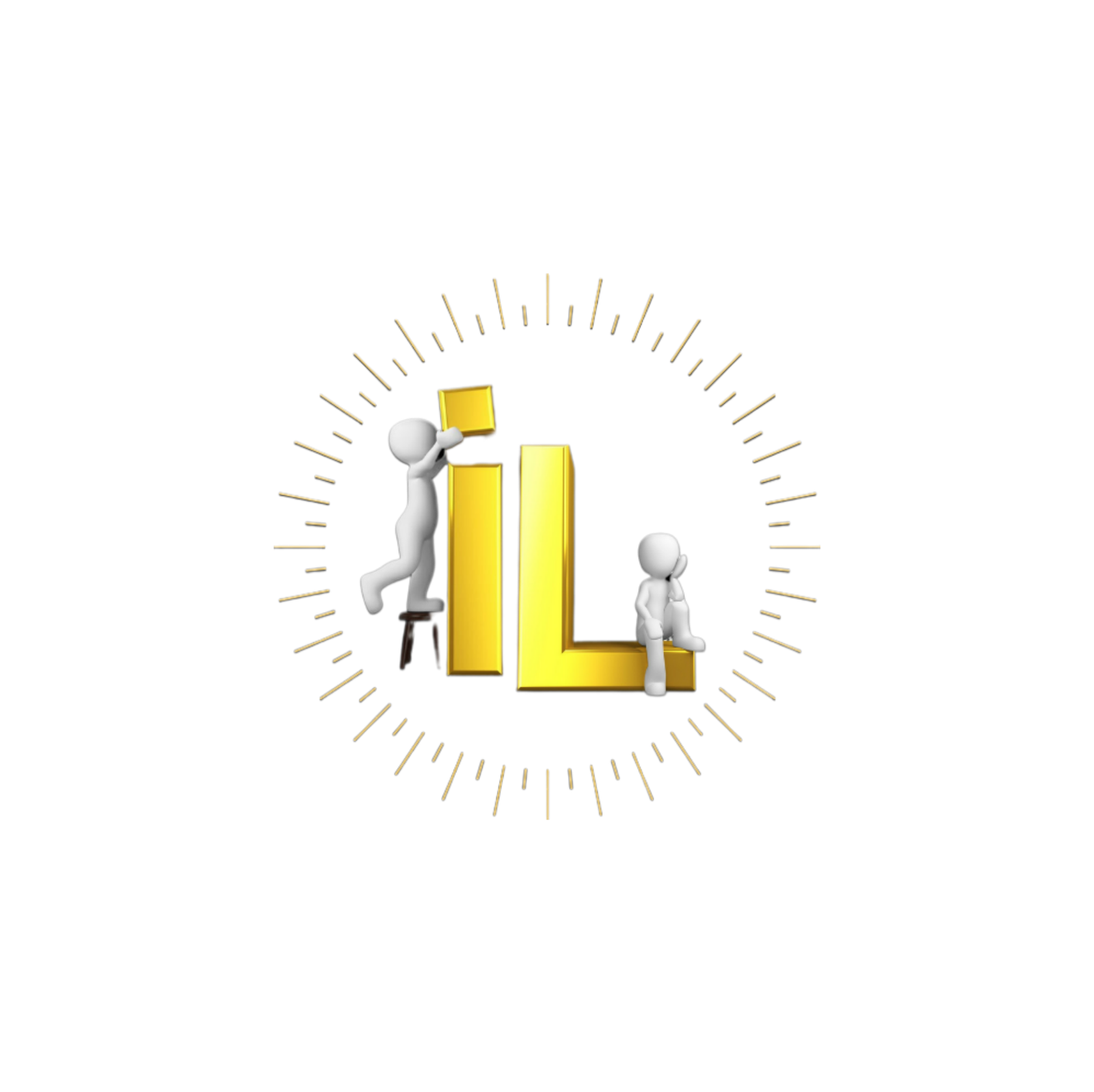
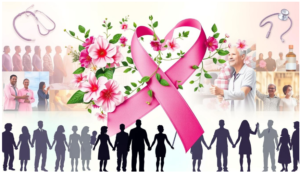



[…] Click here to learn more about this topic in a related article. […]